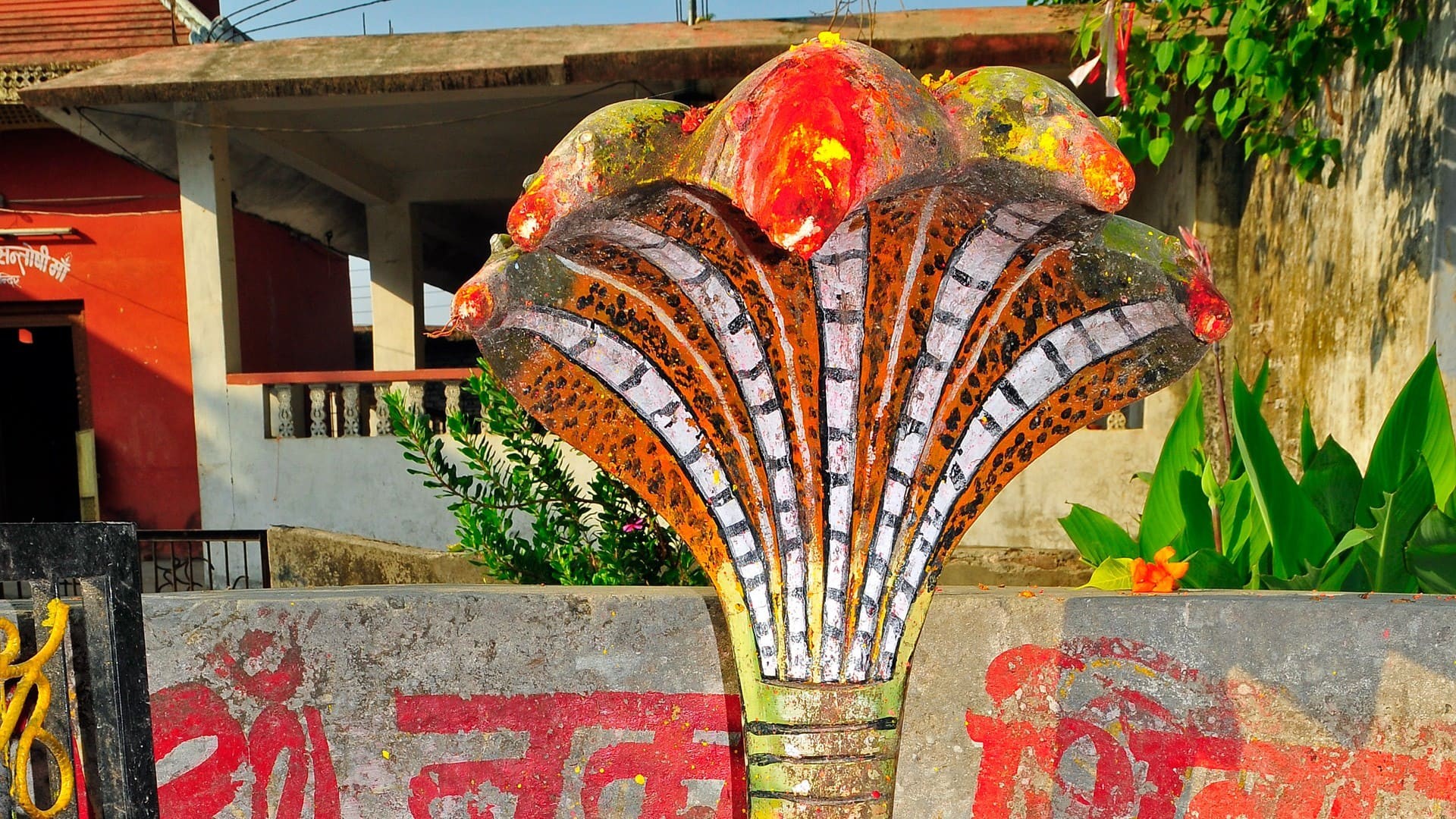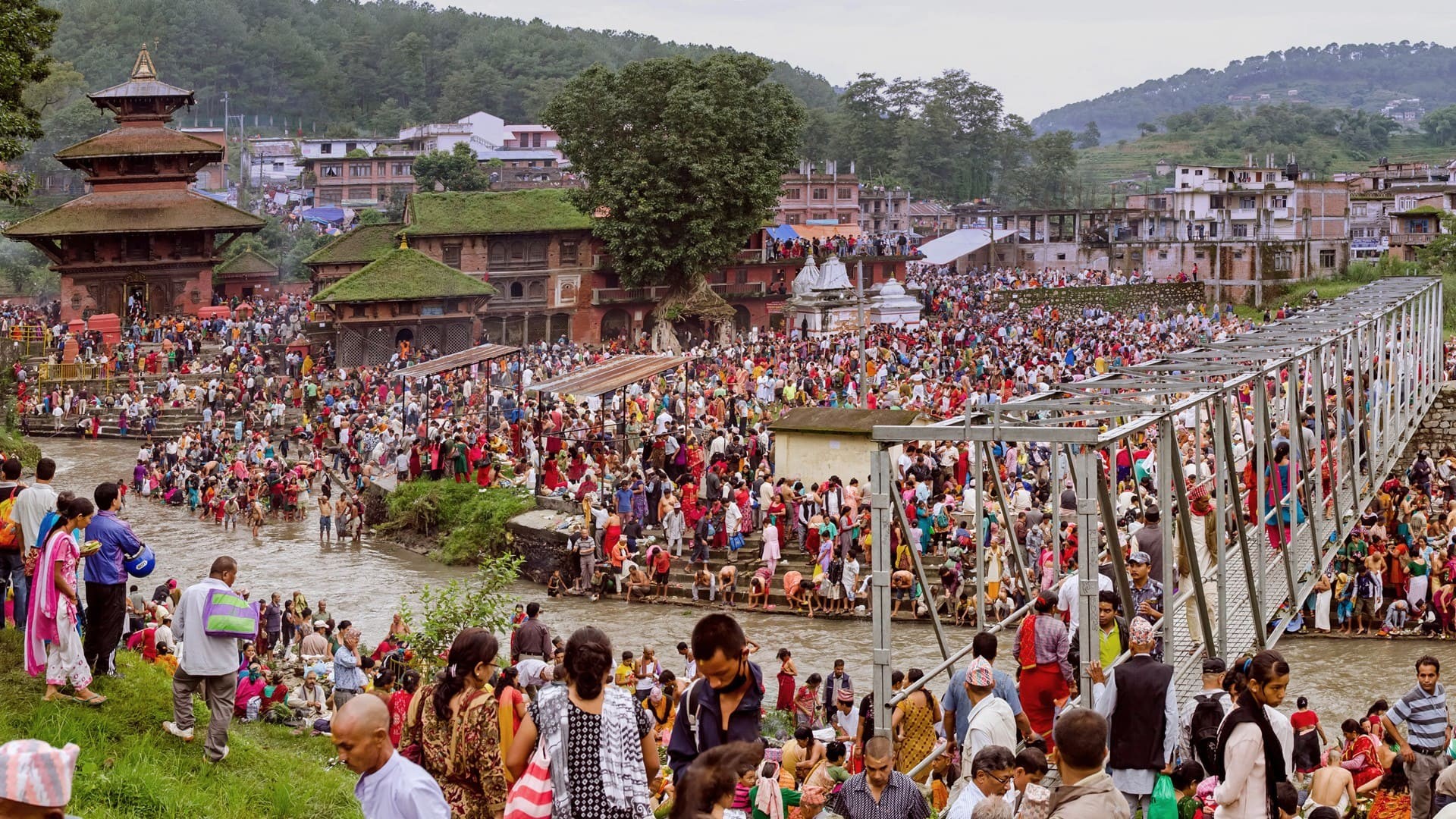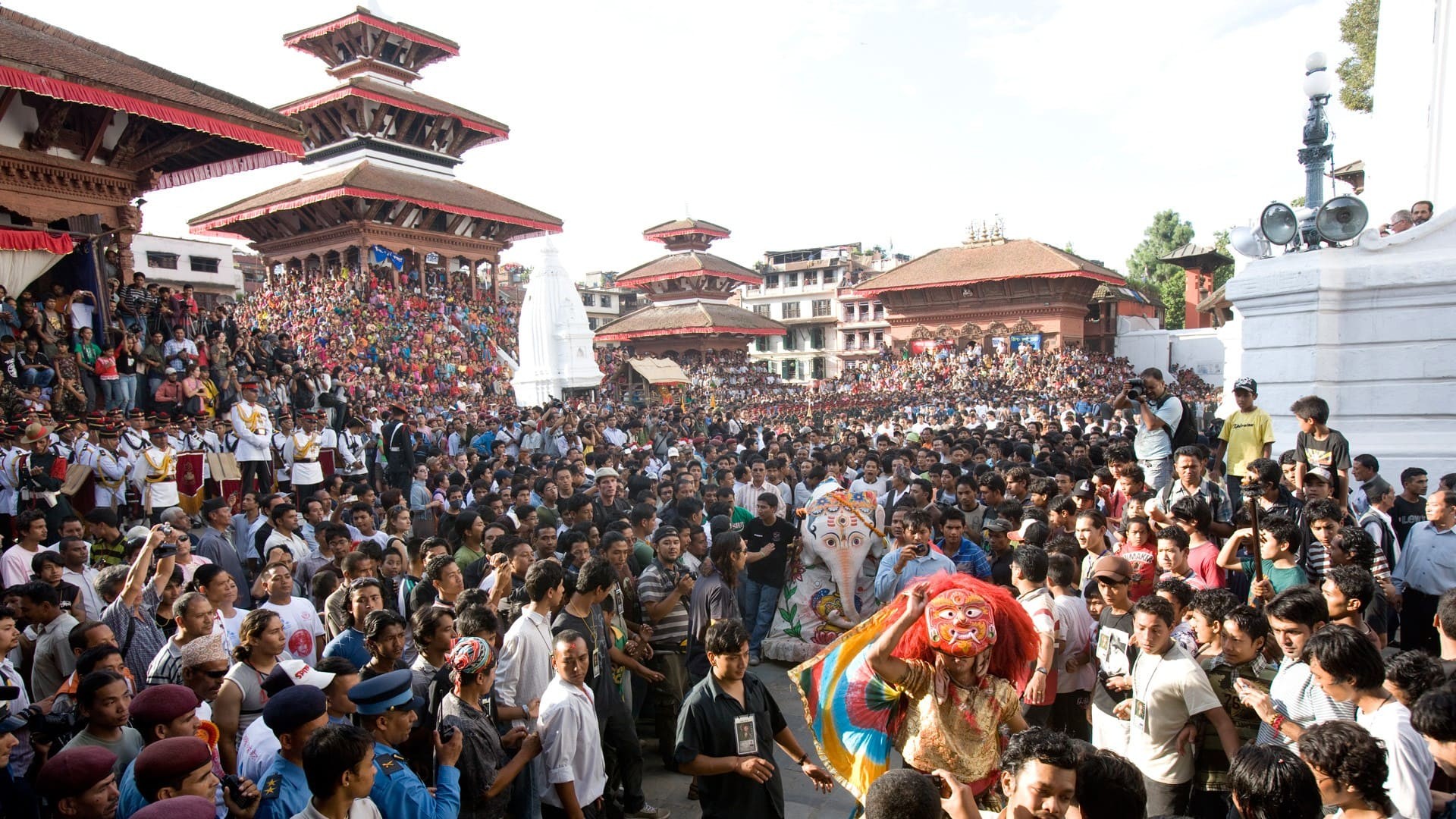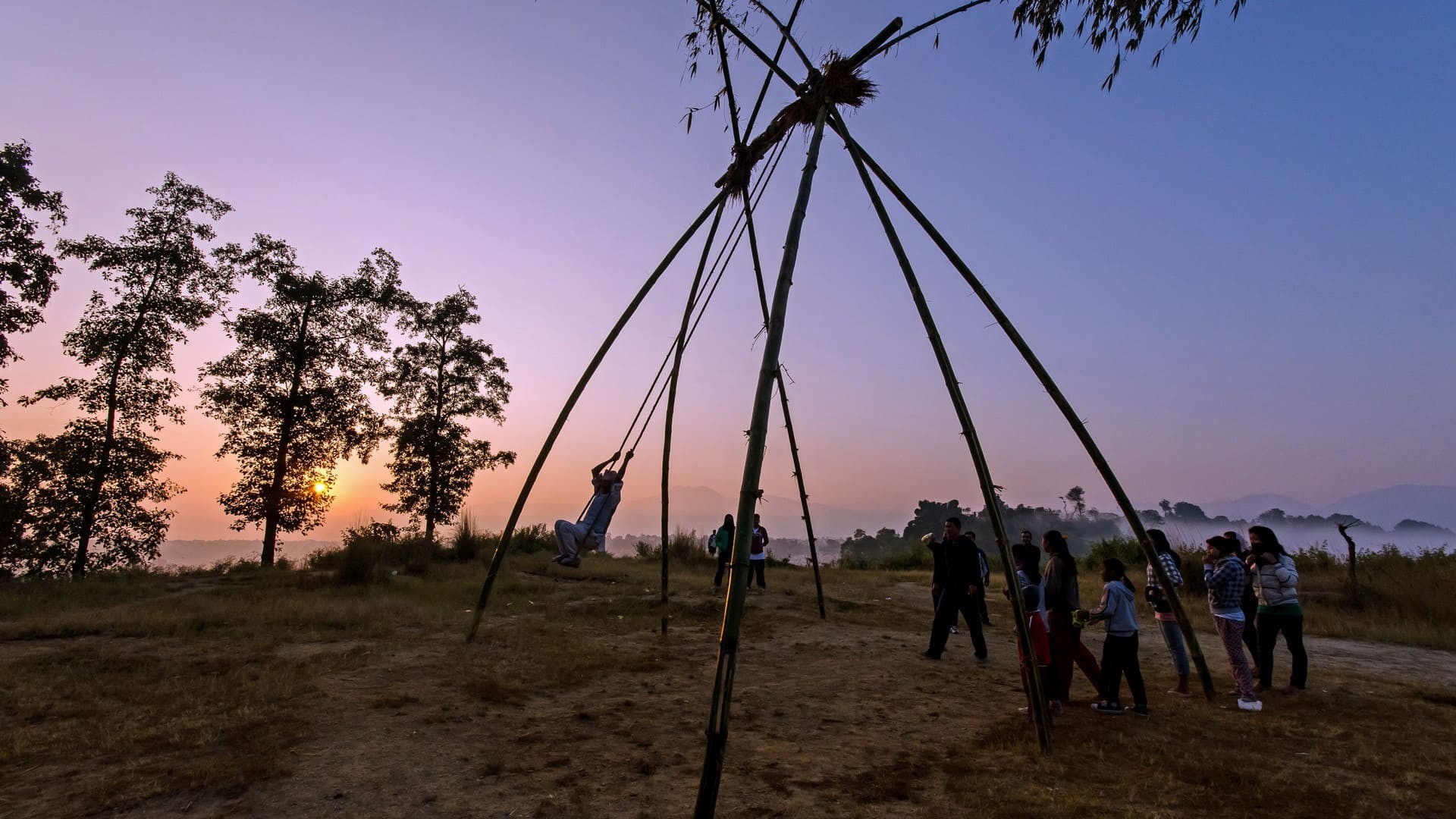-
Places to go
-
Things to do
-
Adventure
Nature
Culture
Wellness
Others
-
-
Festivals & Events
-
Festivals
Event Calendar
-
-
Plan Your Trip
-
Trip Ideas
Travel Details
Book Your Trip
-
- Travel Updates
Janai Purnima
9th August
Janai Purnima
9th August
Trek to Holy Gosainkunda this Janai Purnima to observe unique & ancient Shaman customs.
Janai Purnima is a Hindu festival celebrated all over the country, with family get togethers and feasts of Kwati or sprout lentils. This day is also a harbinger of rejuvenation with Hindu men renewing their Janai and people flocking to Shiva temples in different parts of the country. It is a big day to observe the Shaman culture.
On this day Shamans of the valley and around Nepal gather to perform their ancient rites in places like the Kumbeshwar in Patan, Gosaikunda in Langtang and Charikot in Dolakha. International counterparts trained by Nepali Shamans also make it a point to visit their sacred sites on this occasion.
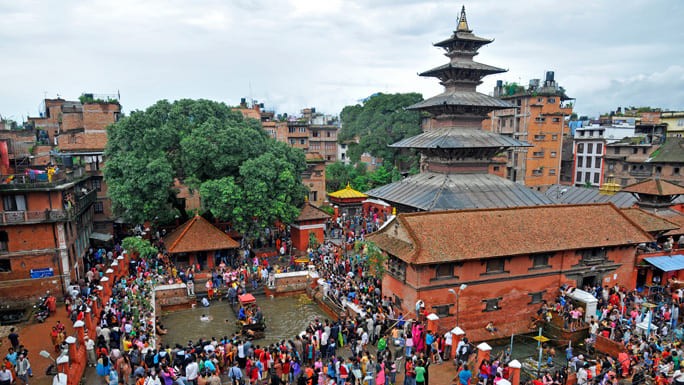
This full moon day sees a large number of Brahmins at the holy riverbanks. They take ritual dips in the water and offer ablution to the gods. They then change their sacred threads. Brahman priests tie yellow sacred threads around the wrists of the faithful.
Newars of Kathmandu Valley call this festival Gunhi Punhi and they prepare a soup of a mixture of beans called Kwati as special food for the day. Kwati is a nutritious soup made from sprouted beans.
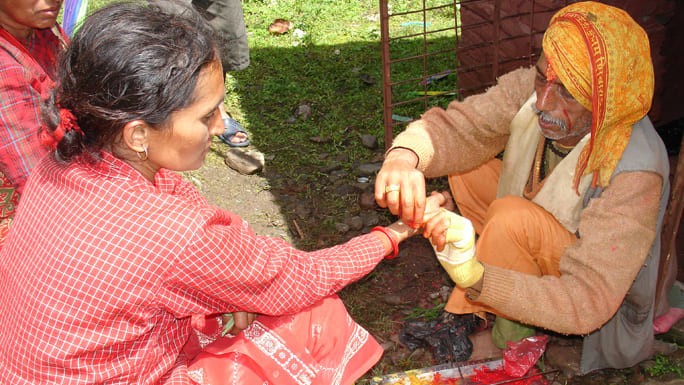
At Kumbheswar in Patan, a richly decorated Lingam, the phallic symbol of Lord Shiva, is placed on a raised platform in the middle of the Kumbheswar pond to receive homage from devotees. Another ceremony that takes place here is Byan-ja Nakegu, during which rice is offered to frogs in gratitude for a good spell of rain.
Explore More
Nepal Tourism Board is a national tourism organization of Nepal established in 1998 by an Act of Parliament in the form of partnership between the Government of Nepal and private sector tourism industry to develop and market Nepal as an attractive tourist destination. The Board provides platform for vision-drawn leadership for Nepal’s tourism sector by integrating Government commitment with the dynamism of private sector.
